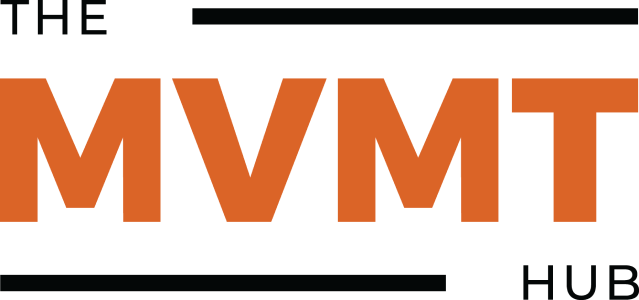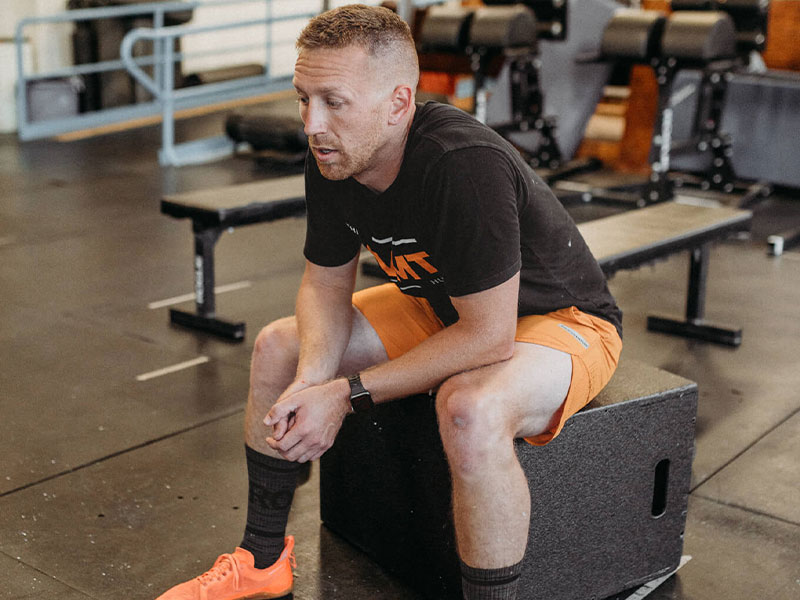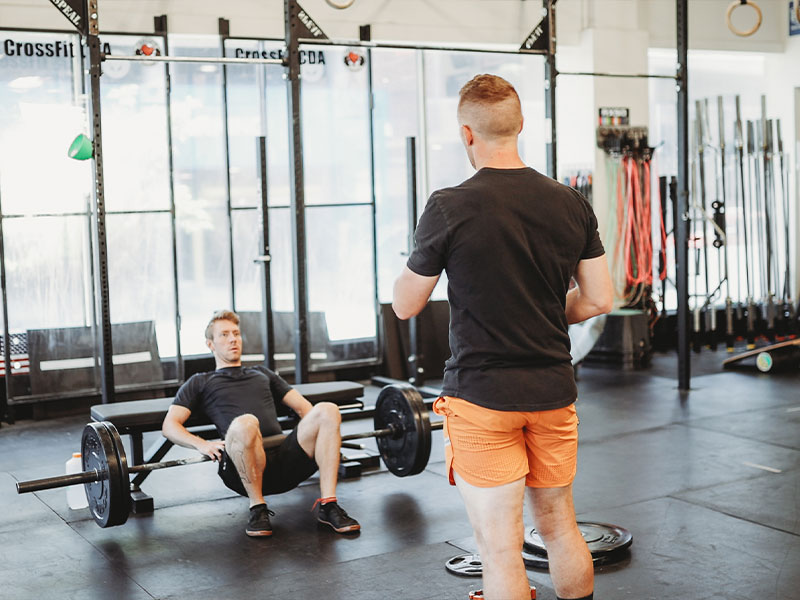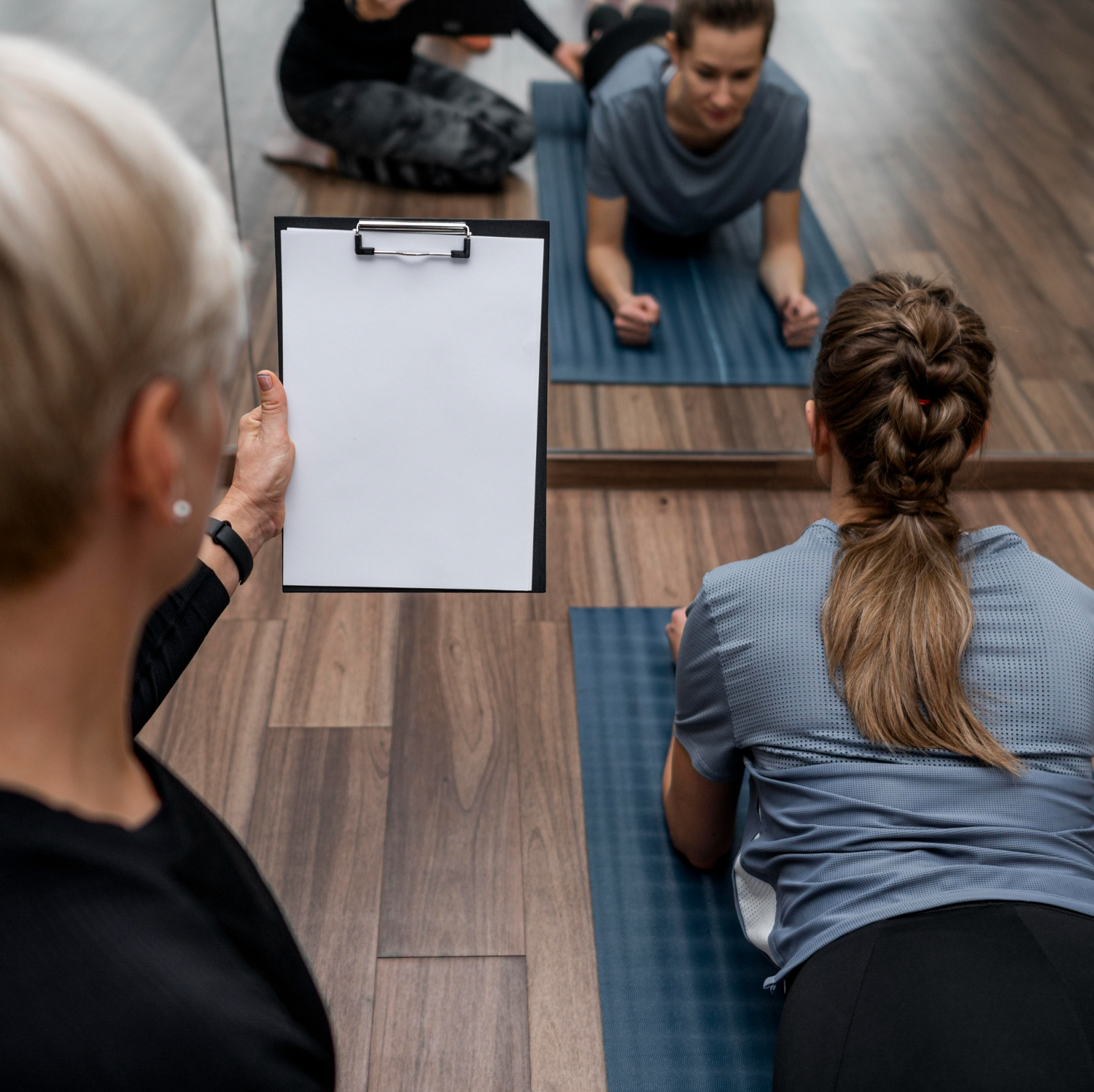In my journey as a healthcare professional, I have transitioned from calling myself a chiropractor to proudly embracing the title of a sports rehab doctor. This transformation was driven by the misconceptions and myths surrounding chiropractic, which often overshadow the diverse approaches and capabilities within the profession. My aim is to shed light on the wide scope of practice within chiropractic and share my personal experiences with chronic low back pain and a significant shoulder injury that led me to redefine my professional identity.
Dispelling Misconceptions and Myths:
Chiropractic care often faces misconceptions, with many people associating it solely with “natural” treatments and adjustments of “subluxations”. However, it is crucial to recognize that chiropractors have a broad range of skills and practices, which can vary depending on the state in which they practice. This diversity encompasses a multitude of manual therapies, soft tissue work, rehabilitation exercises and strength training, making chiropractors valuable contributors to sports rehab and overall healthcare.
Personal Experience: Chronic Low Back Pain:
Like many individuals, I experienced chronic low back pain that affected both my personal and professional life. I began getting treatment for my back in High School, of which it helped some but never resolved. I was told I had alignment issues, as shown on X-ray, and that I’d need to keep coming back for relief. After graduating from Cleveland University Kansas City and being adjusted multiple times per week by my peers, I still had no relief from my low back pain. Working as an associate Doctor in my first clinic, I first came across a Chiropractor who practiced as a sports rehab Doctor. Through a comprehensive approach that combined manual therapies, soft tissue work, targeted rehabilitation exercises and strength training, I gradually regained pain-free movement and restored and surpassed my overall well-being.
Overcoming Shoulder Injury and Challenging Perceptions:
In my early years of practice, I encountered a pretty severe rotator cuff tear while doing a CrossFit workout that tested my professional capabilities. Despite being a chiropractor, some individuals questioned my ability to address the injury effectively. However, I stayed true to my knowledge and expertise, sought advice from other like minded practitioners and focused on a comprehensive rehabilitation and strength training program. By listening to my body, modifying exercises, emphasizing mind-muscle connection and working through progressive overloading, I facilitated a healthy and stable shoulder recovery, proving that personalized approaches are crucial in the healing process.
Embracing a Holistic Approach:
Throughout my journey, I have learned that healing extends beyond mere rest and passive therapies. The body is quite capable when given the correct stimulus and means. By embracing a holistic approach that includes exercise, movement and active rehabilitation, I have witnessed remarkable results in both myself and my patients. Listening to our bodies, modifying exercises to accommodate limitations (for a time period) and incorporating therapies to enhance blood flow, tissue resiliency and pain tolerance can promote recovery, restore mobility, and improve overall function.
The decision to redefine myself as a sports rehab doctor from a chiropractor was driven by the misconceptions and limitations placed upon chiropractic care. I’m not ashamed to proclaim what I am, a Chiropractor, but I also won’t be limited by the constraints of the perceptions of what Chiropractic is or does or whether you “believe in it.” By shedding light on the diverse approaches within the profession and sharing my personal experiences, I hope to challenge preconceived notions and encourage a broader understanding of the capabilities of chiropractors. Ultimately, our focus should be on providing individualized care, combining manual therapies, soft tissue work and active rehabilitation to empower patients on their path to pain-free movement and optimal well-being.




